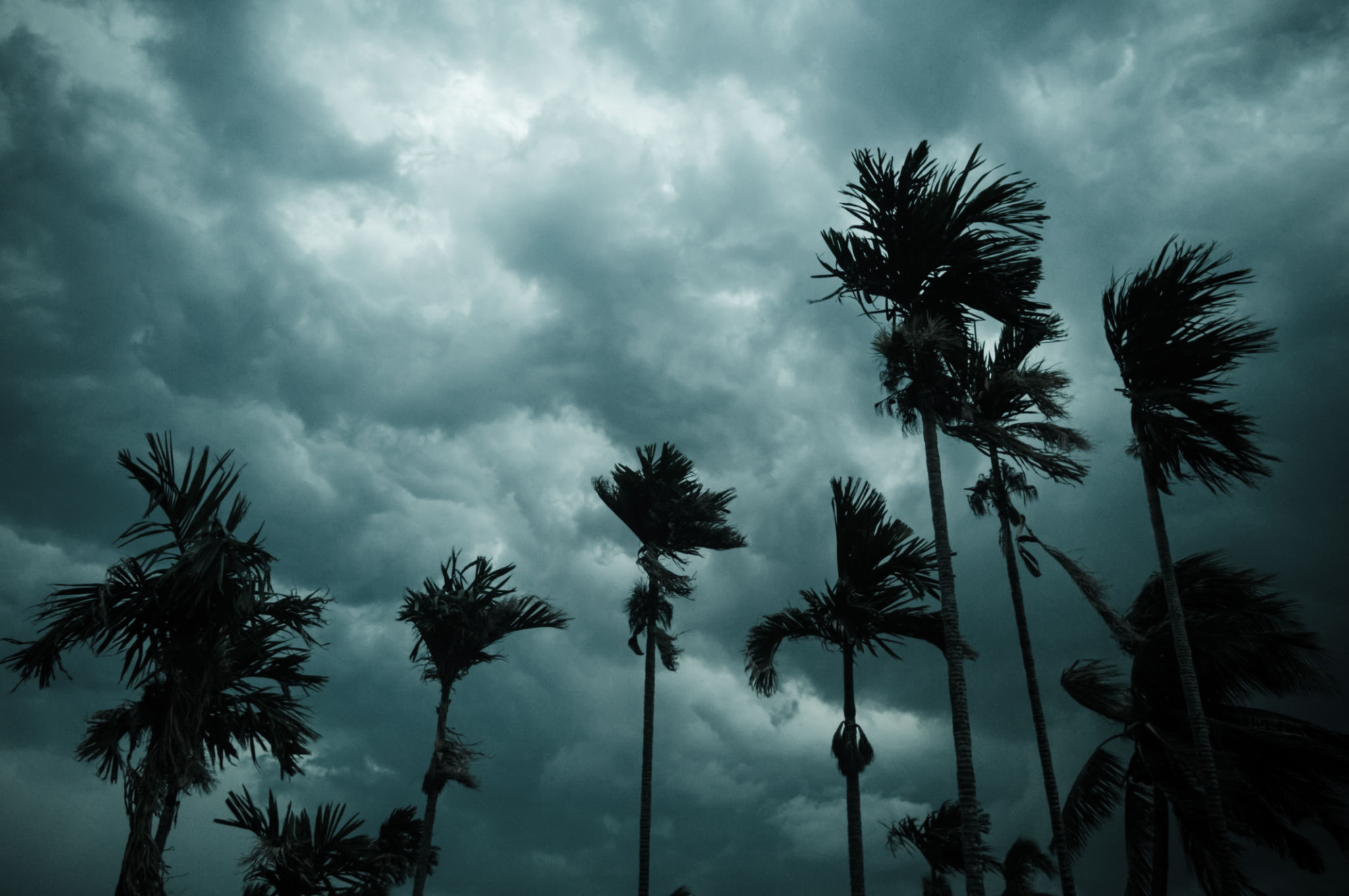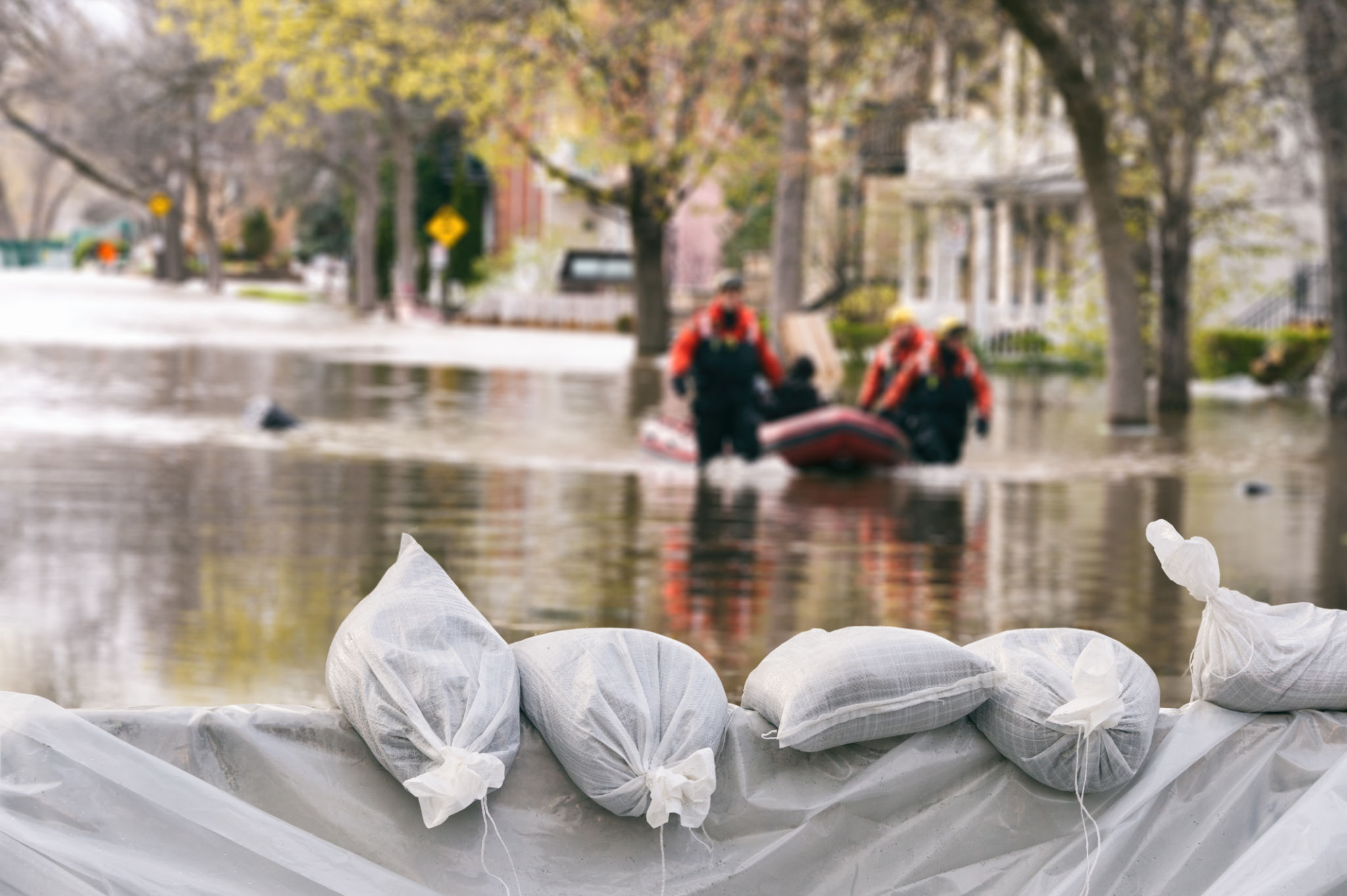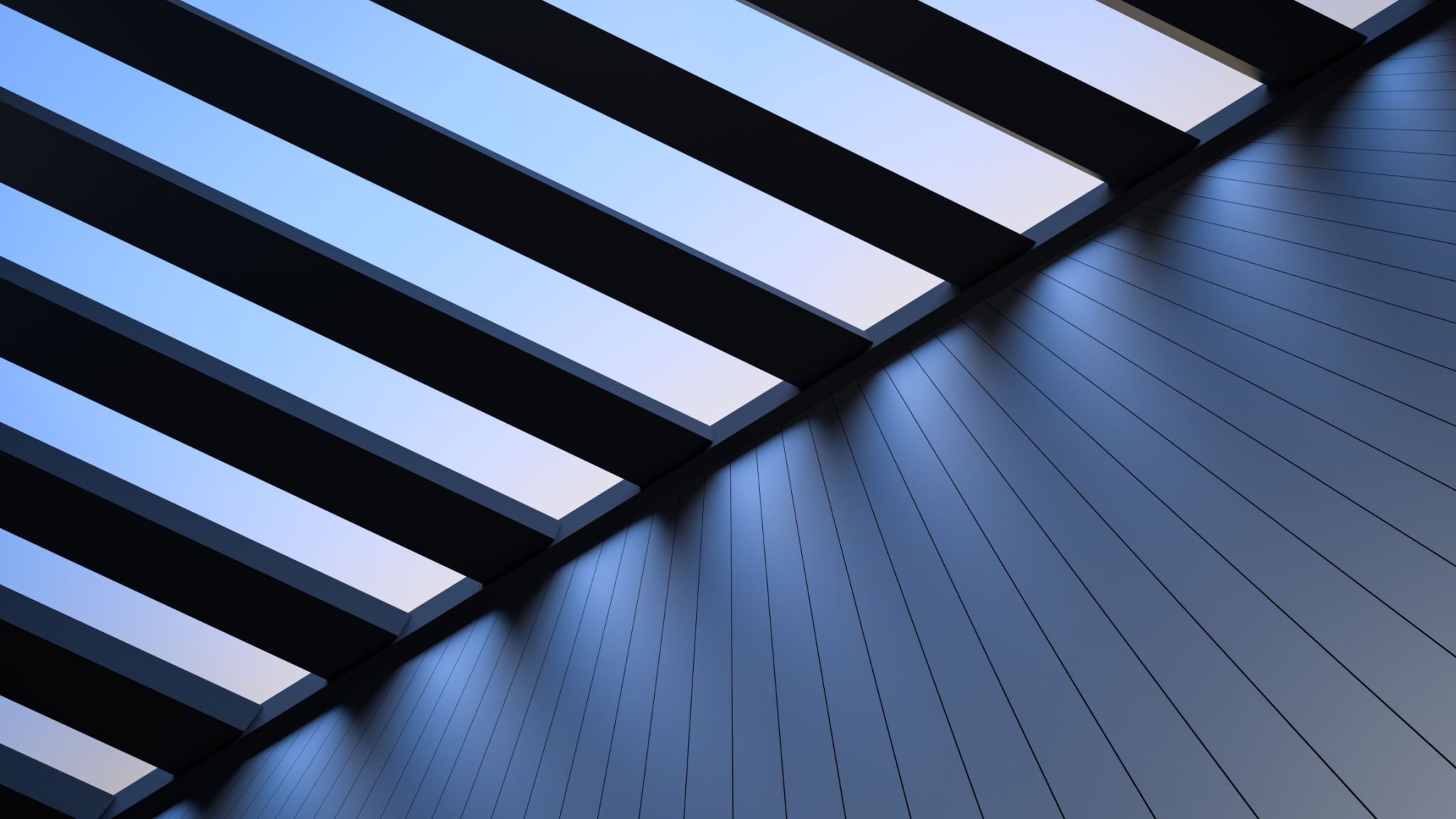Seasonal Architectural Challenges in Abidjan and How to Overcome Them
AA
Understanding Abidjan's Climate
Abidjan, located on the southern coast of Côte d'Ivoire, experiences a tropical wet and dry climate. This means that the city faces two main seasons: a wet season, which extends from May to July, and a dry season from December to February. These seasonal changes pose unique architectural challenges that must be addressed to ensure the durability and comfort of buildings.
The wet season brings heavy rainfall, which can lead to flooding and water-related damage. Meanwhile, the dry season is characterized by high temperatures and humidity, impacting the thermal comfort inside buildings. Understanding these challenges is crucial for architects and builders aiming to create resilient structures in this vibrant city.

Challenges During the Wet Season
Waterproofing and Drainage
One of the primary concerns during the wet season is ensuring effective waterproofing and drainage systems. Without proper measures, buildings can suffer from water infiltration, leading to structural damage and mold growth. Architects must prioritize high-quality waterproof materials and design effective drainage systems to redirect water away from foundations.
Flood Management
Flooding is a common occurrence in Abidjan during heavy rains. To mitigate this risk, architects should incorporate elevated foundations and consider the use of flood barriers or retention ponds in their designs. These features can significantly reduce the impact of flooding on buildings.

Addressing Dry Season Challenges
Thermal Comfort
The dry season brings intense heat, making thermal comfort a significant concern. Architects should focus on passive design strategies to enhance indoor comfort. This includes using reflective roofing materials, incorporating natural ventilation, and installing shading devices such as overhangs or louvers.
Humidity Control
Despite being the dry season, humidity remains relatively high in Abidjan. Implementing moisture-resistant materials and dehumidification systems can help maintain indoor air quality and prevent mold growth. Selecting materials that are both durable and resistant to humidity is essential for long-term building performance.

Innovative Design Solutions
To overcome these seasonal challenges, architects in Abidjan are adopting innovative design solutions. One approach is the integration of green roofs and walls, which help regulate building temperatures, manage stormwater, and improve air quality. Additionally, using sustainable materials like bamboo or recycled resources contributes to both environmental and economic benefits.
Smart building technologies also play a role in addressing seasonal issues. Automated climate control systems allow for real-time adjustments in response to weather changes, optimizing energy use and maintaining comfort throughout the year.

Conclusion
Seasonal architectural challenges in Abidjan require thoughtful planning and innovative solutions. By understanding the climate's impact on building performance and implementing design strategies that address both wet and dry season concerns, architects can create resilient structures that endure over time. Embracing sustainable practices not only enhances building longevity but also contributes positively to the city's dynamic urban landscape.
